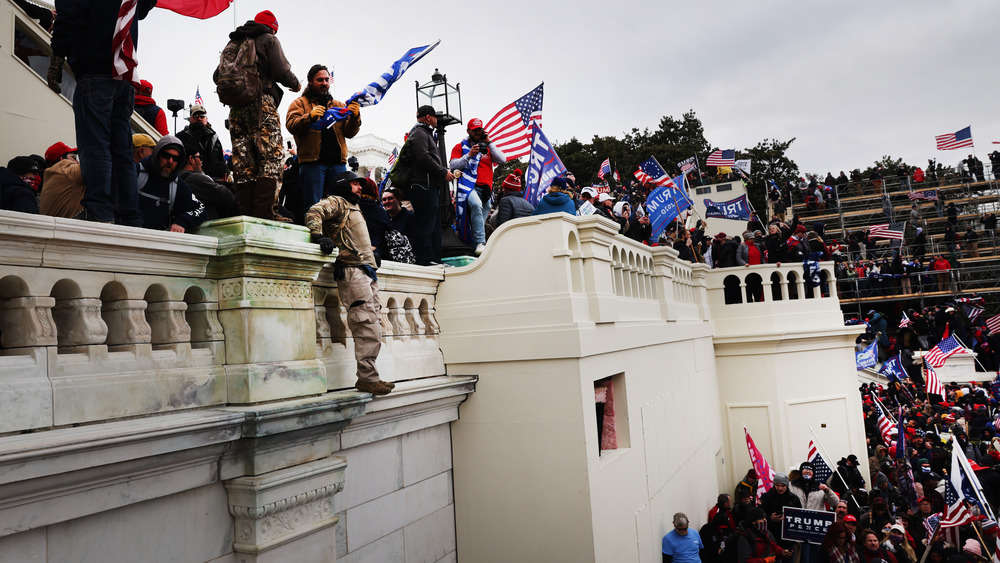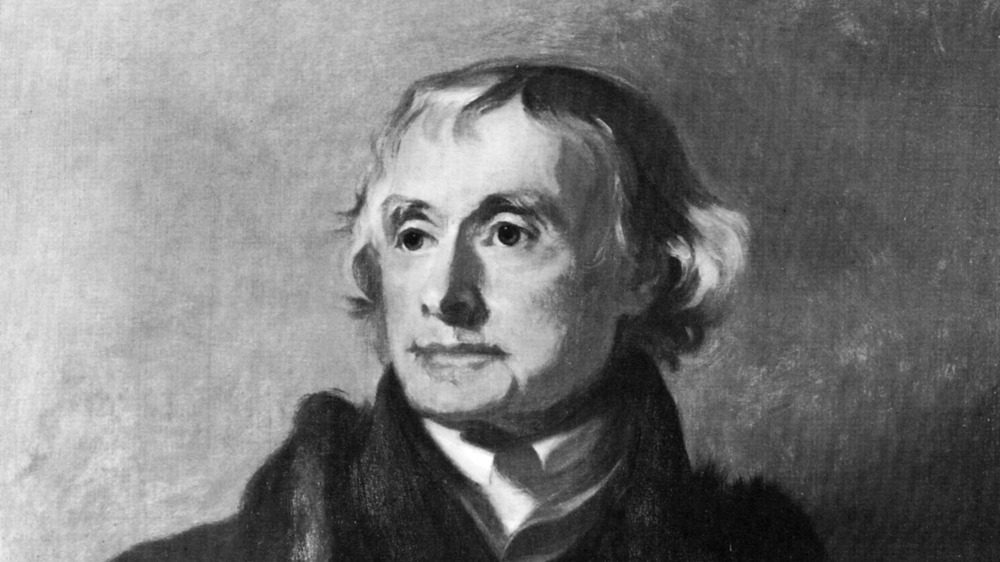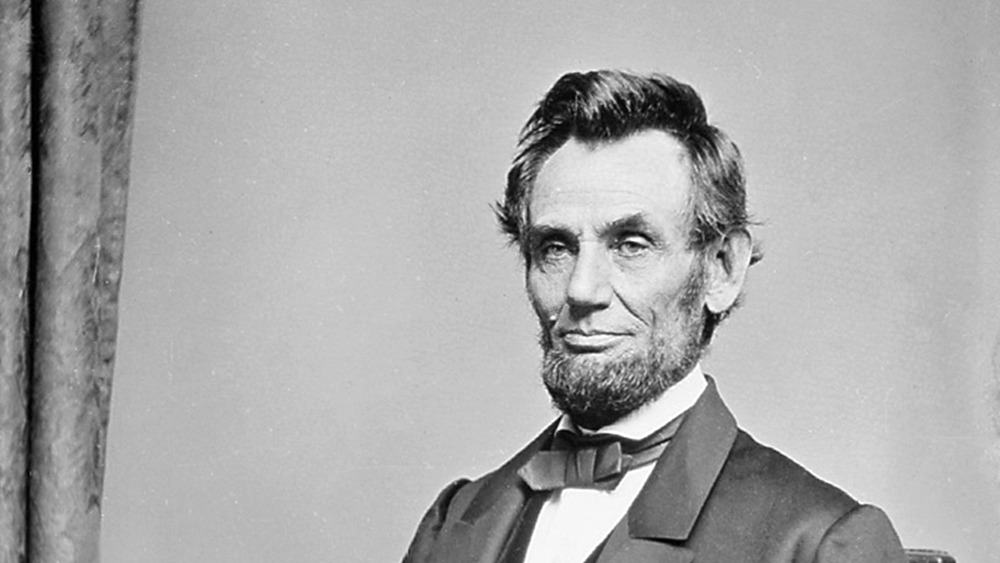What Is Insurrection?
On January 6, 2021, a violent mob of people calling themselves "patriots" and "protesters" stormed the U.S. Capitol building, interrupting the confirmation of the results of the democratic presidential election of November 2020. As noted by The Los Angeles Times, the riot was clearly incited by President Donald Trump, who spoke at a rally outside the White House just before the mob moved down Pennsylvania Avenue to gather outside the Capitol. "We will never give up. We will never concede. It will never happen," he told his supporters. "You don't concede when there's theft involved. Our country has had enough. We will not take it anymore."
Once at the Capitol, the mob was given little resistance as rioters entered offices and even the Senate floor, smashed windows, and looted government property. Many politicians, including several of the president's own party, spoke out against the president's instigation of the crowd. The violence was finally enough for Republican Senator Mitch McConnel of Kentucky to speak out against Trump. Senator Mitt Romney of Utah, who has long expressed his opposition to the president's behavior, called the riot "an insurrection, incited by the president of the United States," according to The Guardian. And Adam Kinzinger, a Republican Representative from Illinois, tweeted, "This is a coup attempt." The United States actually has a long history of dealing with rebellion and has a legal framework to quell such violent action, prompting some to question why President Trump didn't act.
The creation of the Insurrection Act of 1807
In the nation's early years, there was no legal framework for a president to employ the armed forces to combat an insurrection. But the need arose at the dawn on the 19th century, according to History.com. In 1804, Vice President Aaron Burr dashed all hopes of furthering his political career in America when he shot and killed Founding Father Alexander Hamilton in a duel. He was never tried or even arrested, but he wasn't going to get any legitimate votes to hold an office in the United States after that, so he headed out West and tried to start an insurrection in Louisiana. After his co-conspirator, Louisiana's first governor General James Wilkinson, ratted him out to President Thomas Jefferson, Jefferson knew he had to do something, but he wasn't sure what he was allowed to do under the Constitution.
Ever the stickler for abiding by the laws set out in the Constitution, Jefferson asked Secretary of State James Madison if he was allowed to use the army to quash Burr's rebellion. Madison checked the document and found that no, it did not allow him to deploy federal troops for such an action. So Jefferson and Madison used a letter from Wilkinson detailing Burr's treason to get Congress to pass legislation that would give him the power to deploy federal troops against rebelling U.S. citizens. The resulting Insurrection Act of 1807 has been used and altered several times since then for various reasons.
A brief history of invoking the Insurrection Act of 1807
The law has been invoked several times in the intervening two centuries to deal with a number of challenges to U.S. authority. Abraham Lincoln broadened its scope in 1861 when he needed legal foundation to start the Civil War. It was amended again after the war in order to enforce the amendments of Reconstruction.
In perhaps its most famous application, President Dwight D. Eisenhower invoked the act to deploy Army troops to Little Rock, Arkansas, after the Brown v. Board of Education ruling desegregated public school in the United States. John F. Kennedy would do the same to send troops to southern states in the early 1960s.
The last time it was invoked was in 1992, when President George H. W. Bush used it to crack down on the L.A. Riots after the acquittal of the police officers who beat Rodney King. His son George W. Bush considered amending the law again in 2005 to allow the federal government to take control of the National Guard in Louisiana after the devastating effects of Hurricane Katrina, but ultimately abstained from doing so. As NBC News reported in June 2020 during the racial justice protests that rocked several U.S. cities after the police killing of George Floyd, President Trump had the power to deploy the armed forces to stop an insurrection, but back then he used the act to crack down on reportedly peaceful protesters.


